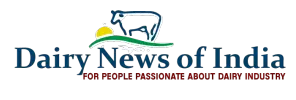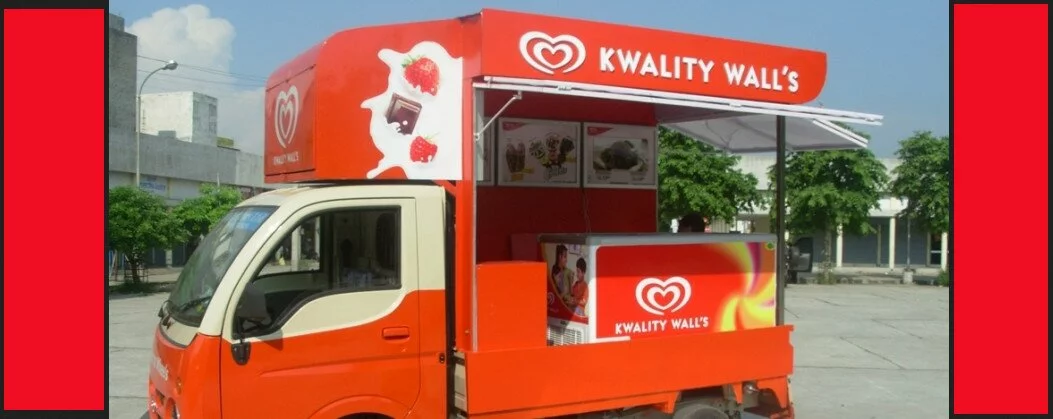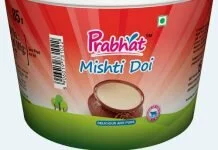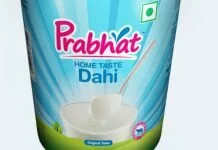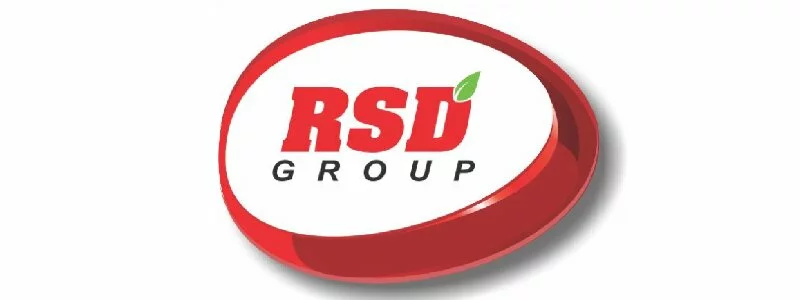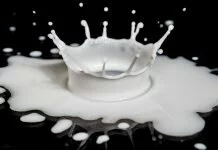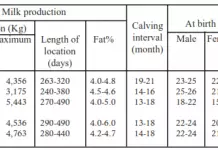High fodders cost leads to distress sale
Nagpur: Successive state governments have been telling farmers they should take up dairy business to supplement farm income as a means to come out of agrarian distress. Farmers of Bhandara district have done precisely this but this year they are regretting it. The price of dhep, the byproduct of ginned cotton, fed to the cows has gone up so much that dairy business is no longer profitable. Bhandara district is the worst hit in the region as it has a flourishing dairy sector.
Many farmers are incurring so much losses that they are ready to sell their cows to butchers. Vigilantism by Hindutva organisations like Vishwa Hindu Parishad (VHP), Bajrang Dal and Shiv Sena since the beef ban have made the butchers reluctant to buy. Traders are now buying cows at throwaway prices taking advantage of the distress.
The price of dhep last year was around Rs 12 per kg. It started increasing from second half of 2015 and is not showing any sign of reducing. It has now touched Rs 28 a kg. Some farmers say they even brought it for Rs 30 a kg. Things are not going to improve in coming months. The price of dhep is expected to touch Rs 35 a kg and milk production will go down as it does every monsoon.
Hemant Telmasare, a dairy farmer of Bhendala village (near Paoni town in Bhandara district), said that increase in price of dhep had upset his applecart. “I am incurring a loss of Rs 50 every day on one cow. If the prices of dhep do not come down, I will be forced to sell them and quit this business. Many farmers have already done that,” he said.
Telmasare charged that big traders were hoarding dhep and government should raid their go-downs. “Today, wheat costs Rs 23 a kg and dhep costs Rs 28, which is crazy,” he said.
The price of dhep has increased by Rs 14 to Rs 16 per kg compared to last year, which means an excess expenditure of Rs 100 per animal each day. Earlier, we spent Rs 150/day on a cow that produced 10 litre milk. Now this expenditure has increased to Rs 250. Many farmers are unable to feed the required amount of dhep to the cows and consequently their milk yield has gone down. They are no longer getting good prices for their milk too,” he said.
Khadilkar further said there was no relation between the price of cotton and dhep. “A few years ago, when the price of cotton was Rs 7,000 per quintal, dhep prices were only Rs 7 to Rs 8 per kg. Now when it was around Rs 4,500 per quintal, we are getting dhep at Rs 28 a kg,” he added. Sanjay’s 18-year-old son Dheeraj had written to several public representatives including chief minister Devendra Fadnavis but to no avail. “The government wants youngsters to go for agriculture but it is doing nothing to improve things,” he told TOI.
Rajhans Katekar of Dahegaon, who had come to sell his three cows at Paoni weekly cattle market, said he was not getting good prices. “Cows that cost Rs 50,000 last year are now selling for Rs 40,000. There is a major supply and demand gap. Too many people want to sell their cows and buffaloes,” he added.
Sanjay Khadilkar, who had received two state-level awards for model dairy farming practices in 2007, explained the economics. “If you have a cow that gives 10 litres milk then you have to feed it eight kgs dhep every day.
TOI asked a general store owner in Kosara village about high price of dhep but he refused to comment. A Nagpur trader said drought had reduced cotton production, which had led to shortage of its byproducts too.
Comments
comments
